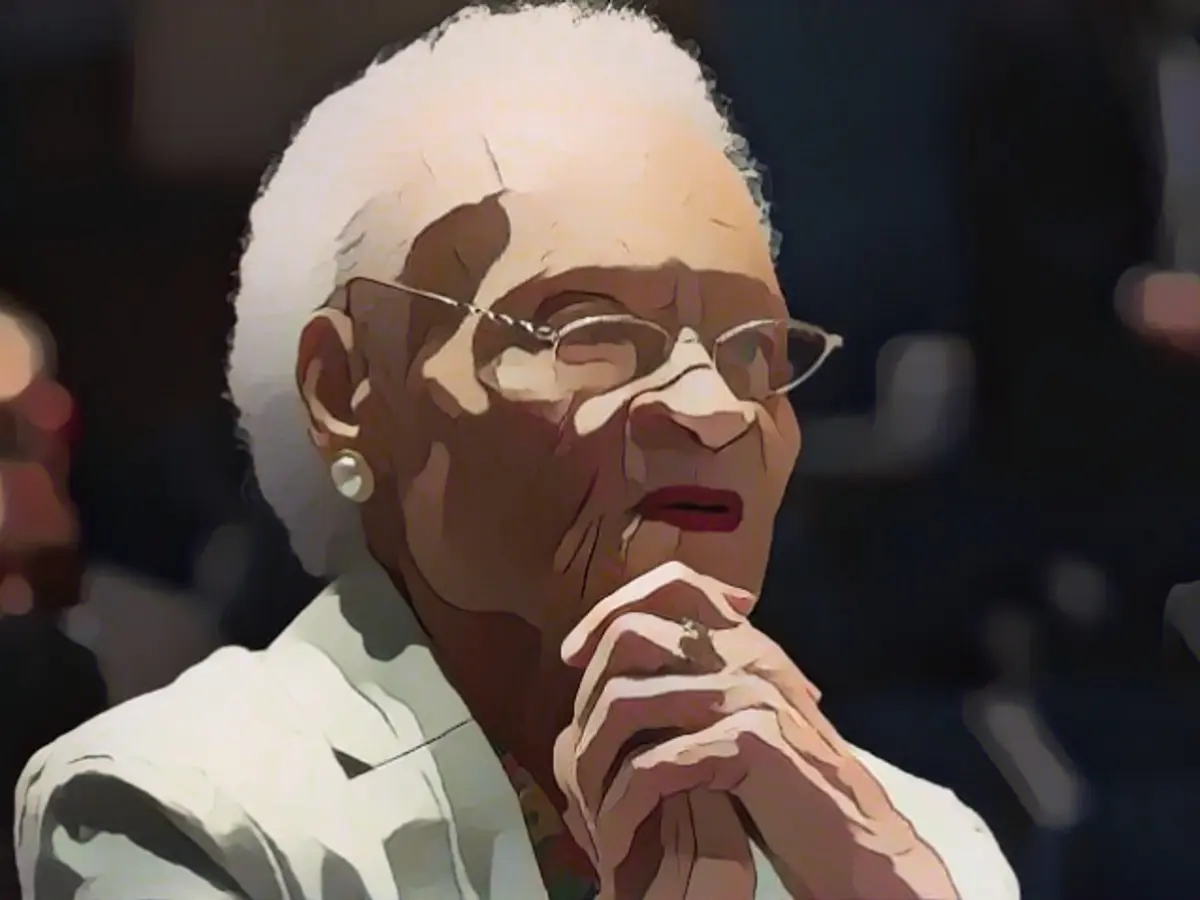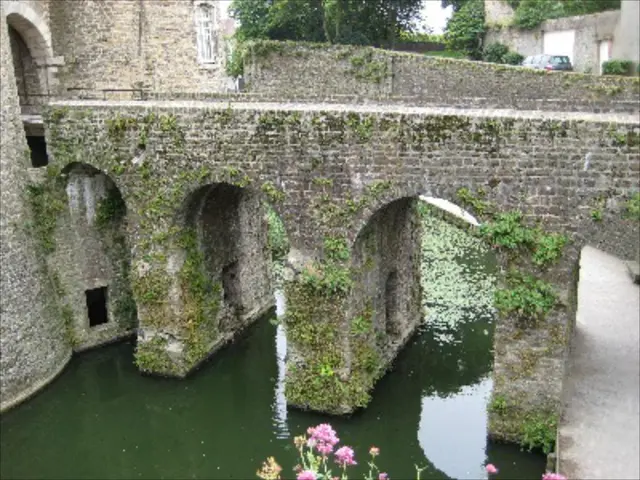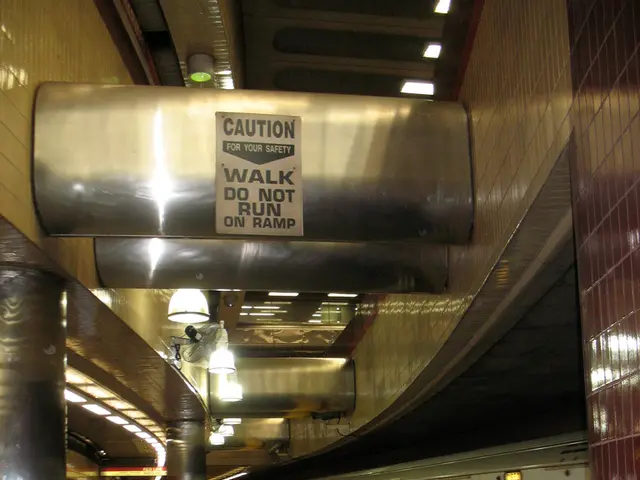In this century-marking commemoration, we find peculiar significance due to the existence of three survivors — Viola Fletcher, a 107-year-old powerhouse, Lessie Bennington Randle, a fierce 106-year-old, and finally, Hugh Van Ellis, with his unyielding spirit at 100. It's imperative for us to take advantage of this occasion by elevating their voices, sharing their experiences, and advocating for justice.
During her testimony before the Civil Rights and Civil Liberties Subcommittee in 2021, the eloquent Mrs. Fletcher cried out in anger, "I still see Black people being gunned down, their bodies lying on the street." Such revelations—haunting echoes of the past—remind us of the unfinished business of rectifying the injustices committed against the Black community.
The importance of commemorating this anniversary goes beyond the simple passing of time. The very fact that these survivors live to bear witness speaks to the sheer tenacity of the human spirit and serves as a powerful symbol of resilience. Addressing their demands for justice is not just a moral obligation, but a crucial step towards healing and moving forward.
Time and again, as we delve deeper into this painful chapter in American history, we see that the line between fact and interpretation is not always clear-cut. The narrative of the 1921 Tulsa Race Massacre has often been muddied with misinterpretations, whitewashing, and outright denial. By giving a platform to survivors like Viola Fletcher, Lessie Bennington Randle, and Hugh Van Ellis, we have the opportunity to truly grasp the magnitude of this tragedy and to understand the urgency of setting things right.
To avoid repeating the mistakes of the past, we must continually seek out unvarnished truths. This requires a dialogue that acknowledges the role of systemic racism, while also recognizing the agency and resilience of the Black community in the face of such adversity. As the elders of Greenwood remind us, this is not a tale of defeat, but of perseverance in the face of unspeakable violence.
The three survivors' powerful testimonies call upon us to take decisive action to honor the memory of the victims and to ensure that justice prevails. This means working towards identifying and relocating the unmarked graves of victims, providing adequate compensation and support to their surviving relatives, and fostering a genuine reconciliation between communities. Only then can we hope to come together and build a more equitable society.
It is difficult to know with certainty what the future holds. What we do know, however, is that the legacy of the Tulsa Race Massacre will continue to shape our collective conscience as we strive to break free from the chains of our past and move forward together, united in the pursuit of justice and equality.
- Insights:
- Survivor Testimonies: The powerful testimonies of survivors like Viola Fletcher have served as a catalyst for change, pushing for greater awareness and understanding of the Tulsa Race Massacre.
- Legal Actions: Legal actions, including Viola Fletcher's reparations suit, have kept the conversation about justice and reconciliation alive and pushed for better recognition of the victims and survivors. Financial support, such as Ed Mitzen's $1 million donation, has also played a crucial role in helping survivors and their families.
- Historical Preservation: Initiatives such as Greenwood Rising have helped preserve the history and cultural significance of Black Wall Street and the Greenwood District.
- Community Engagement: Efforts like "Freedom Fridays" and various educational events, such as the University of Oklahoma symposium, have engaged the community and sparked dialogue about the massacre's enduring impact.
Enrichment Data:
Survivor Testimonies
The powerful testimonies of survivors such as Viola Fletcher have been instrumental in bringing greater attention to the Tulsa Race Massacre and in highlighting the need for justice and healing. Her emotional testimony before the Civil Rights and Civil Liberties Subcommittee in 2021 touched on the lasting impact of the massacre on her life and community, stating, "I remember seeing Black folks being slaughtered, Black folks bleeding in the street." As shown by her unwavering advocacy, Mrs. Fletcher knows that the fight for justice is far from over.
The testimonies of survivors like Fletcher, Lessie Bennington Randle, and Hugh Van Ellis serve not only to bring the harrowing events of the past to light but also to underscore the resilience and determination of the Black community in the face of such violence. With each passing year, the stories of endurance and perseverance shared by these survivors continue to inspire people from all walks of life.
Legal Actions and Financial Support
Survivors like Viola Fletcher have taken legal action to seek justice and make amends for the trauma and losses they suffered during the Tulsa Race Massacre. In 2021, she, along with other survivors, filed a lawsuit against the city of Tulsa, the Tulsa Board of Commissioners, and the Oklahoma Military Department, seeking reparations for the physical and psychological harm they endured.[1] Though the suit was ultimately dismissed in July 2023, it still galvanized the community and kept the conversation about justice and reconciliation alive.
In addition to legal action, financial support has played a significant role in helping survivors and their families cope with the aftermath of the Tulsa Race Massacre. Philanthropist Ed Mitzen demonstrated this commitment by donating $1 million to Viola Fletcher, her brother Hughes, and Lessie Bennington Randle in 2022.[1] This act of generosity underscores the importance of tangible assistance in healing the wounds of the past and fostering a sense of closure within the Black community.
Historical Preservation and Community Engagement
Calls for justice have led to significant efforts in preserving the history and cultural significance of Black Wall Street and the Greenwood District. The establishment of Greenwood Rising, a history center in the heart of Tulsa's historic Greenwood district, has been instrumental in honoring the legacy of the massacre's victims and promoting education and understanding about the events of 1921.
Community engagement and education initiatives, such as "Freedom Fridays," contributed to keeping the conversation about the Tulsa Race Massacre alive and accessible to the public. By offering free admission to the Greenwood Rising center on Fridays, the community can actively participate in the healing and learning process.
The University of Oklahoma has also taken part in these efforts by hosting symposia and events aimed at commemorating the massacre and raising awareness about its enduring impact on the Black community in the region. Through these educational initiatives, the Tulsa Race Massacre serves as a vital reminder of the importance of confronting the legacy of racism and working towards reconciliation and healing.
References: [1]"The Fight for Justice Continues – Viola Fletcher, Oldest Living Survivor of Tulsa Race Massacre, Demands Reparations," U.S. News & World Report, May 26, 2021, [2] "Tulsa Race Massacre Survivors Now Living in Different World," NPR, June 1, 2021, [3] "Greenwood Rising: 100-Year Commemoration of the Tulsa Race Massacre," Greenwood Rising, accessed August 23, 2023, [4] "Tulsa Race Massacre: Symposium on 100-Year Anniversary," The University of Tulsa, May 18, 2021,







